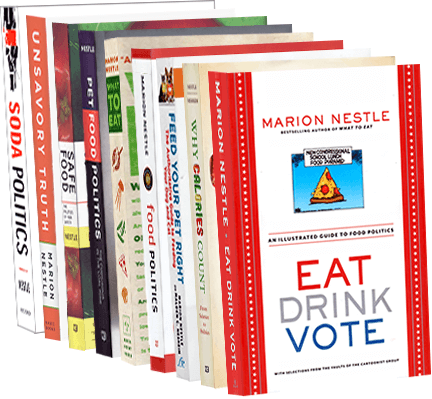The British Food Standards Agency has been checking on levels of melamine in sweets imported from China. Some candies contained as much as 152 milligrams melamine per kilogram (mg/kg) or parts per million (ppm). A kg is 2.2 pounds, which would be a lot of candy to eat. Some of the tainted infant formula contained 2,500 mg/kg, but you only use a scoop (10 grams or so) to make up a bottle of infant formula, and that would contain 25 mg.
I realize that I am asking the wrong question – melamine should not be in food at all – but how much is safe to eat? To follow this, you have to pay close attention to the difference between mg/kg melamine in food versus the amount per kg body weight.
The FDA says 2.5 mg/kg in food is unlikely to be harmful in anything other than infant formula. The FDA’s May 2007 melamine risk assessment said 63 mg/kg body weight was safe for adults but it established a Tolerable Daily Intake (TDI) 100 times lower, or 0.63 mg/kg body weight per day. The European TDI is even lower: 0.5 mg/kg body weight per day. Using the European TDI, a person weighing 80 kg (176 pounds) could supposedly safely consume 40 mg melamine from food a day. But a baby weighing 5 kg (12 pounds) drinking infant formula containing 25 mg melamine would be getting 5 mg/kg body weight with every bottle – ten times the European TDI. And babies drink several bottles a day. And if a by-product of melamine, cyanuric acid, is also present, kidney crystals can form at much lower concentrations.
All of this begs the question: how come it is there in the first place and what are the food safety agencies going to do about it? And when? In the meantime, food companies should be testing anything with protein in it for melamine and it’s best to avoid eating foods made in places where they aren’t doing such testing.

